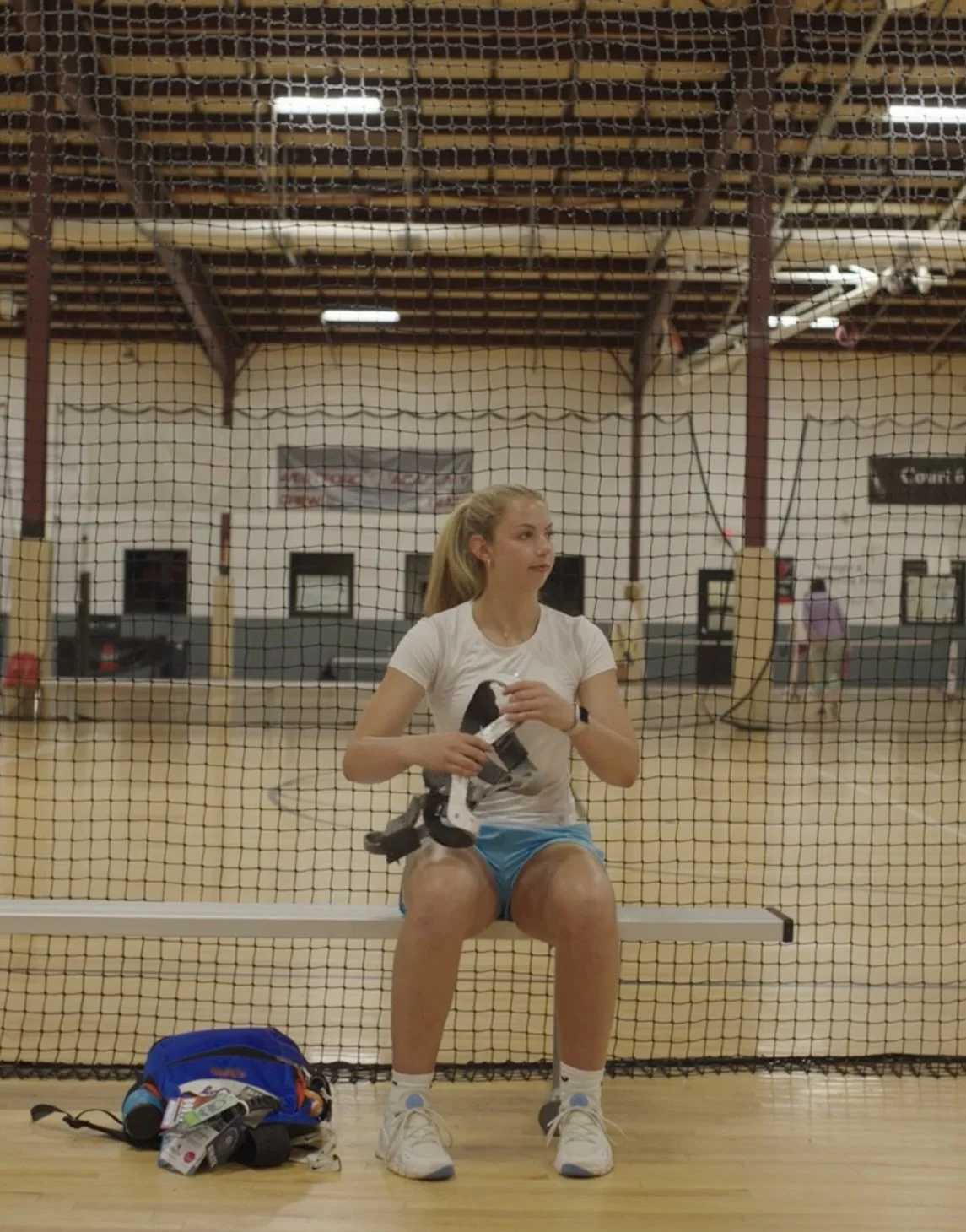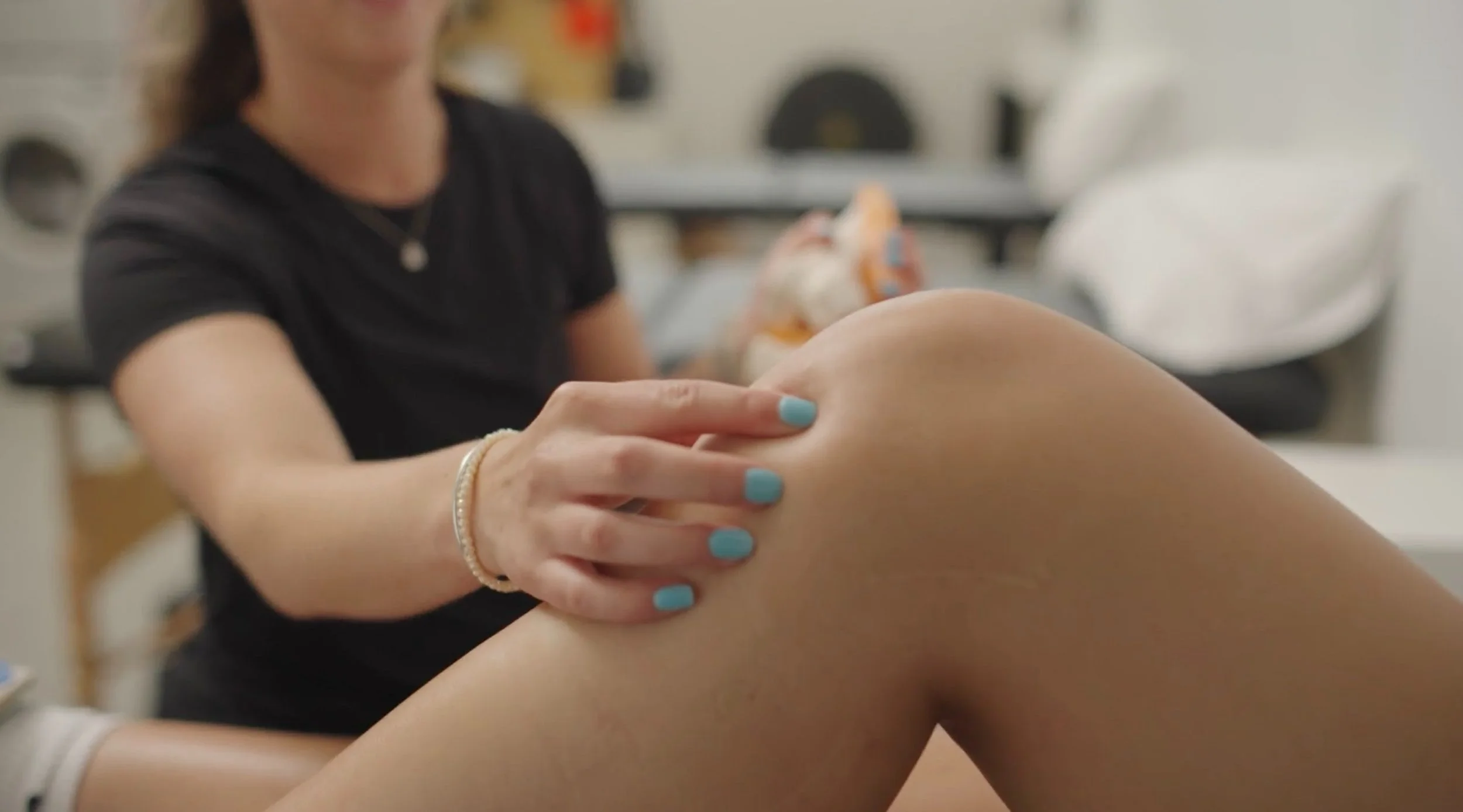Top 5 Female ATHLETE INJURIES and how to prevent them
Why are these injuries more common?
Whether you play soccer, dance, run track, or cheer, being an athlete is all about pushing your limits and doing what you love. But here's the thing—girls can sometimes get injured more easily than boys in certain ways. It's not because girls are weaker—it has more to do with how our bodies are built, how we move, and how we train.
The good news? Most of these injuries can be prevented if you know what to look out for and how to take care of yourself.
Here are the top 5 most common injuries for female athletes—and what you can do to avoid them:
1. ACL Tear (Knee Injury)
What is it?
The ACL is a ligament in your knee that helps keep it stable. Tearing it is a major injury, and girls are more likely to hurt it than boys.
Why it happens:
Girls’ hips and knees move differently when they jump or change direction, which puts more stress on the ACL. This happens because girls tend to have wider hips which can force the thigh bone inward. In addition to wide hips it is also common for their hips to be weak. With weak hips, girls are less able to control their thigh bone from falling inward. As a result, large amounts of stress are put on the ACL and other structures of the knee, increasing the risk of injury.
How to help prevent it:
Warm up with special programs that focus on safe movement and mechanics
Strengthen your glutes (butt), hamstrings (back of thigh), and core
Learn how to land safely when jumping
Avoid letting your knees cave inward during squats or landings
Quick tip: Coaches should make ACL warm-ups a regular part of practice. It only takes about 15–20 minutes.
2. Stress fractures
What are they?
Tiny cracks in your bones that can happen from doing too much, too fast.
Why it happens:
If you’re not eating enough to fuel your body your bones can get weaker. This is linked to something called RED-S (formally known as the Female Athlete Triad).
What is RED-S?
RED-S stands for Relative Energy Deficiency in Sport. It happens when your body doesn’t get enough energy (food) to keep up with everything it needs to do—like training, growing, thinking, and even just staying healthy. A common symptom is a loss of your period. This is commonly seen in runners, gymnasts, dancers, and figure skaters.
How to help prevent it:
Eat enough food to fuel your training
Pay attention to your period—if it stops, tell a parent or coach
Mix up your workouts to give your bones a break, especially strength training
Slowly increase how much you train
Quick tip: Make sure you’re getting calcium, vitamin D, and protein to keep bones strong.
3. Runner’s knee (patellofemoral pain)
What is it?
The runner's knee is painful on the front of the knee, around the knee cap. It is caused by repetitive bending of the knee or even putting too much load on it during activities without enough time to let your body rest and recover.
Why it happens:
Weak hips or muscles around the knee can cause your kneecap to track wrong. Girls tend to have wider hips, which can change how the knee moves. This is commonly seen in runners, cyclists, basketball players, and dancers.
How to help prevent it:
Strengthen your hips and core
Practice good form with squats and lunges, watch how your knees are tracking
Make sure your shoes give enough support for your foot type
Don’t overdo it—listen to your body
Quick tip: If your knee hurts, don’t ignore it. Rest and rehab early!
4. Shoulder Injuries
Pain or weakness in your shoulder from doing a lot of overhead movements (like throwing or swimming).
Why it happens:
Sometimes the muscles that support your shoulder aren’t strong enough. Girls might also have looser joints, which can make things worse. This is commonly seen in swimmers, tennis players, volleyball players, and softball players.
How to help prevent it:
Strengthen your shoulder muscles and upper back
Keep good posture
Warm up with shoulder bands and stretches
Use proper form when reaching or throwing
Quick tip: Healthy shoulders start with strong back muscles—don’t skip upper body strength work, especially focused on the rotator cuff muscles (the small muscles that help support and stabilize your shoulder).
5. Ankle Sprains
What is it?
When you roll or twist your ankle too far, the ligaments stretch or tear.
Why it happens:
Quick movements, jumping, or bad landings can cause sprains. Girls may also be more flexible, which can increase the risk. This is commonly seen in basketball players, soccer players, cheerleaders, and field hockey players.
How to help prevent it:
Strengthen the muscles around your ankle and hips
Practice balance (try standing on one foot with your eyes closed!)
Wear ankle braces or tape during games if needed (ideally not for too long as it gets stronger!)
Learn how to land properly when jumping, watch your foot and your knee
Quick tip: Add balance drills to your workout, especially on one leg or unstable surfaces like a wobble board.
Final Thoughts: Be Smart About Your Body
Staying healthy isn’t about doing less—it’s about training smarter. That means fueling your body, doing strength and balance work, resting when needed, and paying attention to how you feel.
The strongest athlete isn’t just the one who wins—it’s the one who can keep showing up, day after day. So take care of yourself. You’ve got goals to crush and games to win.



